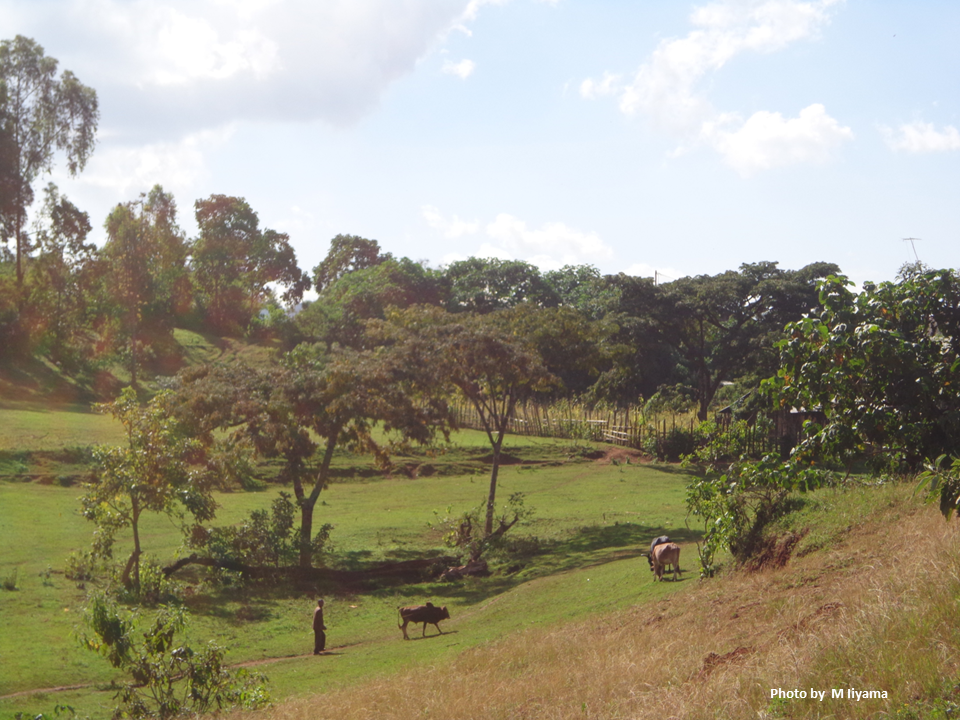Pick Up
1291. World Rural Development Day

1291. World Rural Development Day
On September 6, 2024, the United Nations General Assembly (UNGA) adopted a resolution designating July 6 of each year as World Rural Development Day.
The resolution seeks to shine a lasting light on the deep challenges of rural poverty and the lives and struggles of the world's rural peoples who work the soil, nourish the seas, and nurture the land as a prerequisite for achieving the broader goals of economic, social, and environmental sustainability.
The challenge of resilience for rural communities—particularly women, indigenous peoples, and youth, who face the disproportionate burden of poverty, hunger, and marginalization—is too often overlooked. The resolution highlights the important role these groups play in agricultural development, food security, and ecosystem management, and calls for their empowerment through access to land, decent work, and inclusion in decision-making. By supporting an integrated approach to rural development that embraces traditional knowledge, gender equality, and digital inclusion, the resolution envisions a future where rural prosperity is no longer an elusive ideal but a global shared outcome.
Rural development is not just about geography. It is about poverty, equity, food security, and sustainability, as we will see below.
Poverty and inequality
Eighty percent of the world's poorest people live in rural areas and earn less than $2.15 per day.
More than one billion people face severe multidimensional poverty, with more than half of them children (UNDP 2024).
Half of the rural population does not have health insurance (compared to 22% in urban areas) (DESA 2021).
Agriculture and food security
Family farmers produce 80% of the world's food (FAO).
Women make up 43% of the agricultural workforce but have limited access to land, credit, and technology.
Climate and connectivity
Rural areas are on the climate frontline, suffering from droughts, floods, and extreme heat.
By 2024, 83% of urban residents had internet access, compared to less than 50% of rural residents.
To address these challenges, investments are needed to ensure no one is left behind.
Contributor: Miyuki IIYAMA, Information Program
